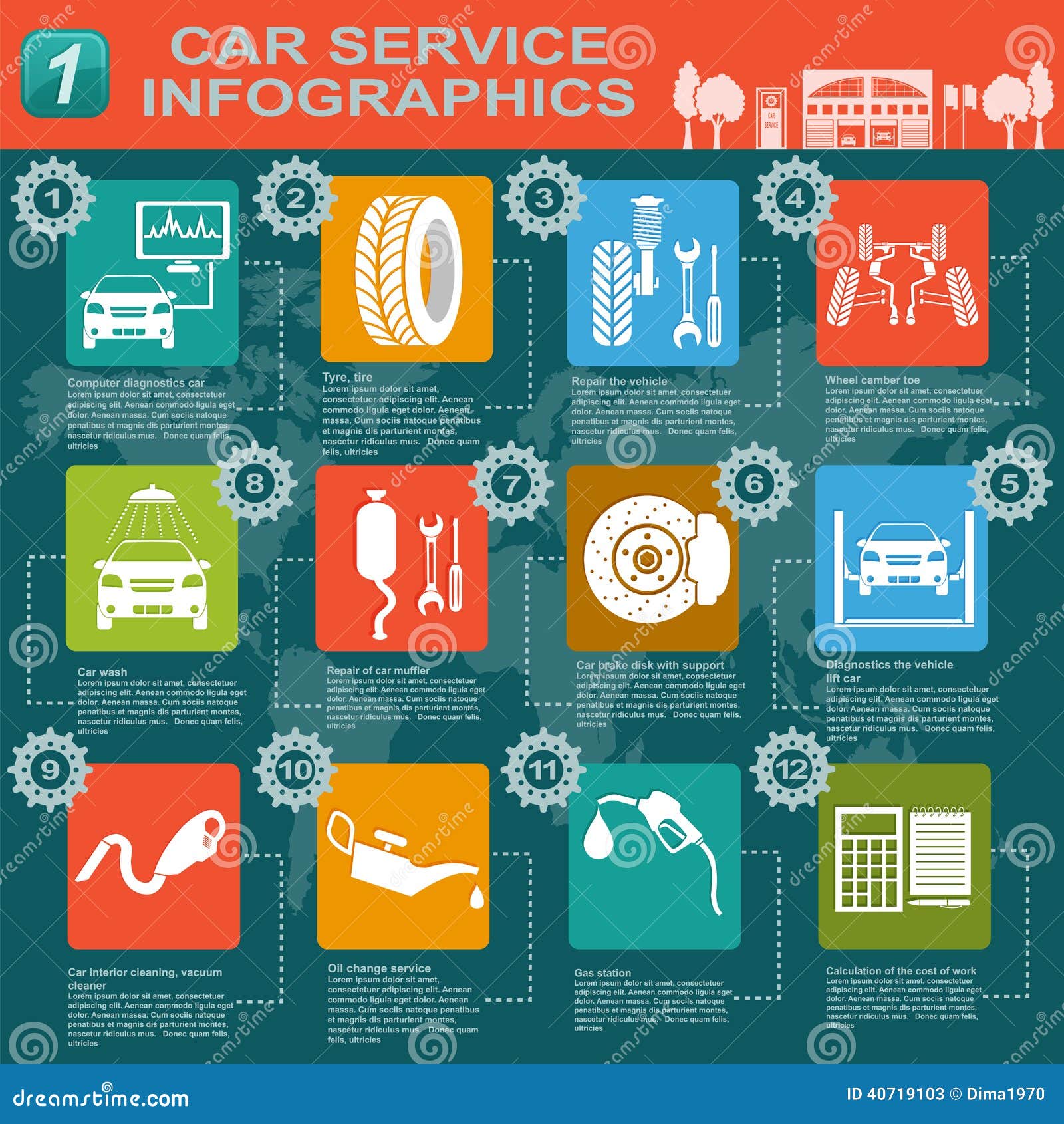Translating The Most Common Caution Lights On Your Control Panel And Their Interpretations
Translating The Most Common Caution Lights On Your Control Panel And Their Interpretations
Blog Article
Authored By-Wilkerson Kinney
When you're behind the wheel, those dashboard warning lights can be a genuine enigma. Yet did updated blog post recognize that analyzing them can conserve you from prospective vehicle problems down the road? From the threatening check engine light to the subtle oil stress warning and the ever-important battery light, each one works as a vital signal from your vehicle. It's time to shed light on these common dashboard warnings and equip yourself with the knowledge to browse the road ahead.
Understanding the Check Engine Light
When your dashboard brightens with the check engine light, it's important not to panic but to take instant activity. The check engine light functions as a caution that your lorry's onboard analysis system has actually discovered a prospective concern with the engine, exhausts, or various other critical components. Disregarding this light can lead to a lot more severe problems later on, so it's important to address it without delay.
To recognize the source of the concern triggering the check engine light, you can utilize an OBD-II scanner to recover the particular trouble codes kept in your car's computer system. These codes provide important details that can aid identify the underlying problem.
While some concerns creating the check engine light might be small, such as a loosened gas cap, others could indicate a lot more substantial issues that call for specialist focus.
Decoding the Oil Stress Caution
Upon witnessing the oil stress warning light on your dashboard, instant attention is important. This caution indicates that the oil pressure in your engine might be also low, which can result in serious engine damage if not attended to quickly. Reduced oil stress can be caused by a range of concerns such as a leakage, a malfunctioning oil pump, or low oil degrees. Ignoring this advising light can lead to expensive fixings or even engine failing.
If you see the oil stress cautioning light begun, the first step is to safely pull over sideways of the roadway and turn off your engine. Examine the oil degree utilizing the dipstick and guarantee it goes to the suggested level.
If the oil level is low, top it up with the suitable oil for your automobile. If the oil level is sufficient, do not proceed driving and look for assistance from a mechanic to detect and repair the problem promptly. Bear in mind, keeping correct oil stress is important for the health and durability of your engine.
Analyzing the Battery Light
To decode the value of the battery light on your dashboard, you have to recognize its crucial duty in your automobile's electric system. When the battery light brightens while you're driving, it indicates that the electric system isn't getting adequate power from the battery.
This could be as a result of a falling short battery, a faulty generator, or issues with the charging system. Overlooking this warning light might cause your car stalling or being not able to start.
If the battery light comes on, it's advised to safely pull over and have your lorry examined by a mechanic immediately. They can execute diagnostics to identify the underlying concern and protect against a possible failure.
Final thought
Now that you recognize just how to recognize the most common caution lights on your dashboard and what they mean, you can address any prospective concerns quickly. Remember, please click the following post , oil pressure warning, and battery light are all important indications of your lorry's wellness. Keep educated, stay secure, and keep your auto running smoothly by focusing on these warning signs.
